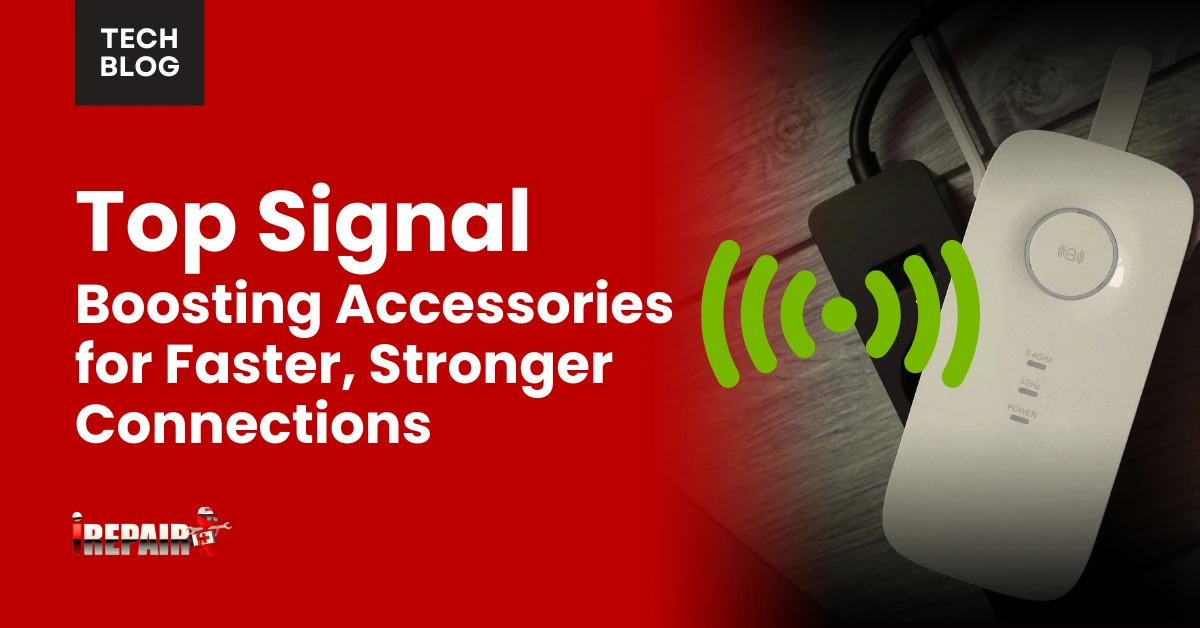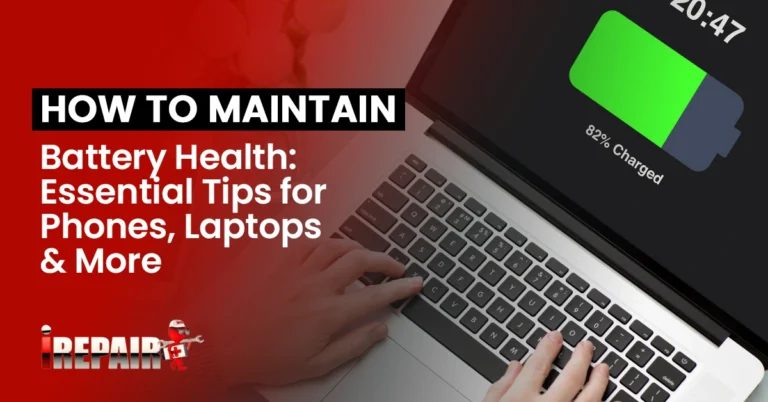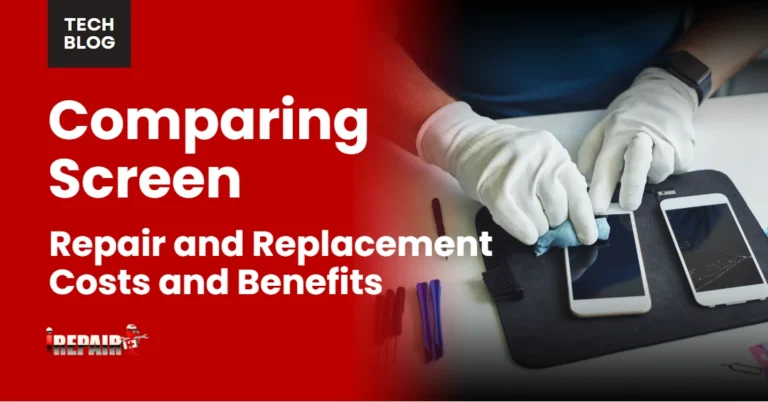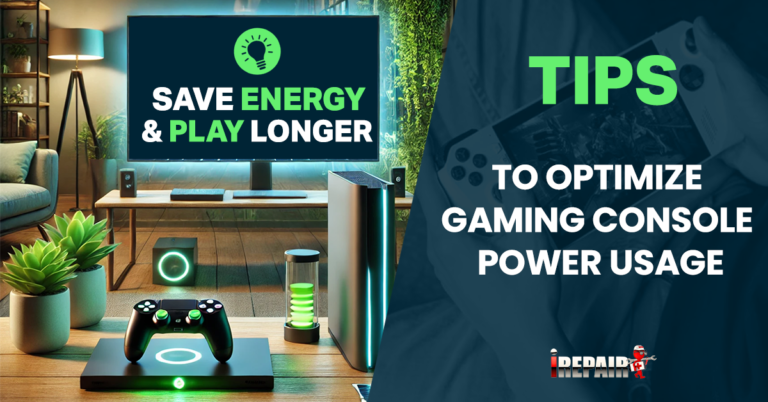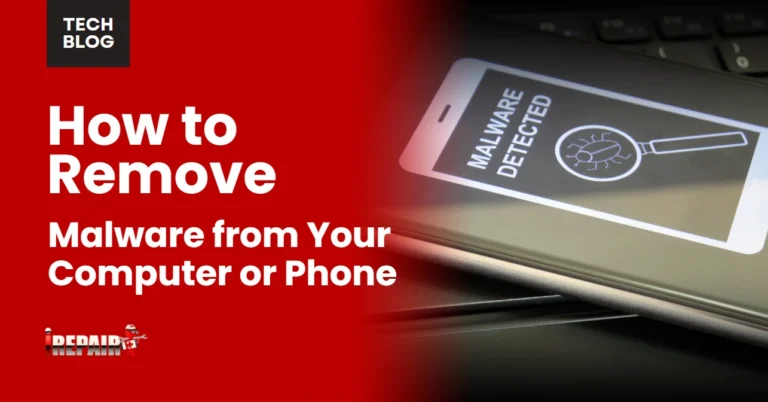Top Signal Boosting Accessories for Faster, Stronger Connections
For faster, stronger connections, consider cellular signal boosters with external antennas for home or office, Wi-Fi mesh systems for eliminating dead zones, or portable amplifiers for travel. External antennas can replace stock router equipment for improved reception, while smart signal management apps optimize your existing setup. Each solution addresses specific connectivity challenges from multi-story homes to rural locations with weak signals. The right booster can transform your frustrating connection issues into reliable connectivity.
Cellular Signal Boosters for Home and Office
When you’re constantly dropping calls or experiencing slow data speeds indoors, a cellular signal booster can be your ultimate solution. These devices capture weak outdoor signals through an external antenna, amplify them, and rebroadcast stronger signals inside your space.
A quality cell phone signal booster works with all carriers and provides coverage ranging from single rooms to entire buildings. For larger homes or offices, look for models with multiple indoor antennas to distribute the boosted signal evenly throughout your space.
Installation is straightforward: mount the outdoor antenna where the signal is strongest, connect it to the amplifier, and position indoor antennas in areas where you need improved reception. Many network boosters for the home include everything you need, making them a practical investment for reliable connectivity.
Wi-Fi Mesh Systems and Range Extenders
While traditional routers struggle to cover larger homes, Wi-Fi mesh systems offer a seamless solution by creating a network of nodes that work together to eliminate dead zones. Unlike basic wi-fi range extenders that simply repeat your existing signal, mesh network systems intelligently route your connection through the ideal path, maintaining consistent speeds throughout your home.
Range extenders are perfect for smaller spaces with just one or two problem areas, providing a budget-friendly fix. However, for multi-story homes or larger spaces, mesh systems deliver superior performance with easy management through smartphone apps. You’ll appreciate how these systems automatically connect your devices to the strongest node as you move around, ensuring your video calls don’t drop when walking from room to room.
Portable Signal Amplifiers for Travel
Beyond home networking solutions, staying connected while traveling presents its own set of challenges. Whether you’re working remotely from a hotel or camping in a remote location, portable signal boosters can be lifesavers.
Compact, travel-friendly signal amplifiers for routers are designed to extend your connection range without requiring permanent installation. These devices typically weigh less than a pound and can easily fit in a laptop bag or suitcase.
Many portable boosters come with USB power options, making them versatile for various environments. For road warriors, vehicle-compatible signal amplifiers can maintain stable connections during long drives through rural areas where coverage is sporadic.
Look for models with universal compatibility that work across different carriers and connection types to guarantee you’re never left disconnected regardless of your destination.
External Antennas and Directional Signal Catchers
Most standard routers and mobile devices come with internal antennas that offer adequate performance in ideal conditions. However, when you’re struggling with weak signals or need to extend your coverage area, high-gain external antennas can dramatically improve reception.
These specialized antennas can be mounted on routers, replacing the stock options with more powerful alternatives that capture signals from greater distances. For targeted enhancement, directional antennas focus on specific areas rather than broadcasting in all directions.
Signal amplifier modules work alongside these antennas to boost the incoming signal before it reaches your device. They’re particularly effective in rural settings or buildings with thick walls where signals struggle to penetrate. When properly installed, these accessories can transform frustrating dead zones into reliable connection points.
Smart Signal Management Devices and Apps
As technology evolves, your ability to control and optimize network performance has expanded beyond simple hardware solutions to include intelligent management systems. These smart devices actively monitor your connections, automatically switching between bands and adjusting settings for ideal wireless connectivity improvement.
Network analyzer apps provide real-time insights into signal strength throughout your home, helping you identify dead zones and interference sources. Some systems even create heat maps showing exactly where your mobile reception enhancement efforts should be focused.
QoS (Quality of Service) controllers prioritize important traffic like video calls or gaming, ensuring stable connections for critical activities. Meanwhile, smart mesh managers continuously optimize your network’s topology based on usage patterns. These intelligent solutions complement physical boosters by maximizing the efficiency of your existing infrastructure through data-driven adjustments.
Frequently Asked Questions
Can Signal Boosters Cause Interference With Neighbors’ Networks?
Yes, signal boosters can potentially interfere with your neighbors’ networks. If you’re using high-powered boosters or have them improperly configured, they might create overlapping signals that disrupt nearby networks. This is especially true with boosters operating on the same frequency channels. You’ll want to guarantee your devices comply with regulations, use proper channels, and maintain reasonable power settings to be a considerate neighbor while still improving your own connectivity.
Do Signal Boosters Increase Radiation Exposure in My Home?
Signal boosters emit very low levels of electromagnetic radiation, comparable to what your existing devices already produce. You’re not drastically increasing your home’s radiation exposure by using them. Most boosters comply with FCC safety guidelines and produce non-ionizing radiation (unlike X-rays or UV rays). If you’re concerned, you can place boosters away from areas where you spend lots of time or opt for wired alternatives like powerline adapters.
Will Boosters Work During Power Outages?
Most signal boosters won’t work during power outages since they require electricity to function. If you’re concerned about connectivity during blackouts, consider boosters with battery backup features or connect them to an uninterruptible power supply (UPS). Alternatively, cellular boosters paired with a portable power bank might provide temporary service. Remember that even if your booster remains powered, the network infrastructure itself may be affected during widespread outages.
Can I Use Multiple Different Boosting Technologies Simultaneously?
Yes, you can definitely use multiple boosting technologies simultaneously. For example, you might combine a mesh network for your home Wi-Fi with a cellular signal booster for mobile devices. They operate on different frequencies and don’t interfere with each other. You’ll often get the best results by layering solutions – like using powerline adapters to reach distant rooms, then adding Wi-Fi extenders for wireless coverage in those areas.
How Often Should Signal Boosting Accessories Be Replaced?
Signal boosting accessories typically don’t need frequent replacement unless they malfunction. You’ll generally get 3-5 years from quality extenders, boosters, and antennas. However, consider upgrading if you notice declining performance, if your internet plan speeds increase substantially, or when new wireless standards emerge (like Wi-Fi 6). For best results, check for firmware updates regularly rather than replacing the hardware altogether.



